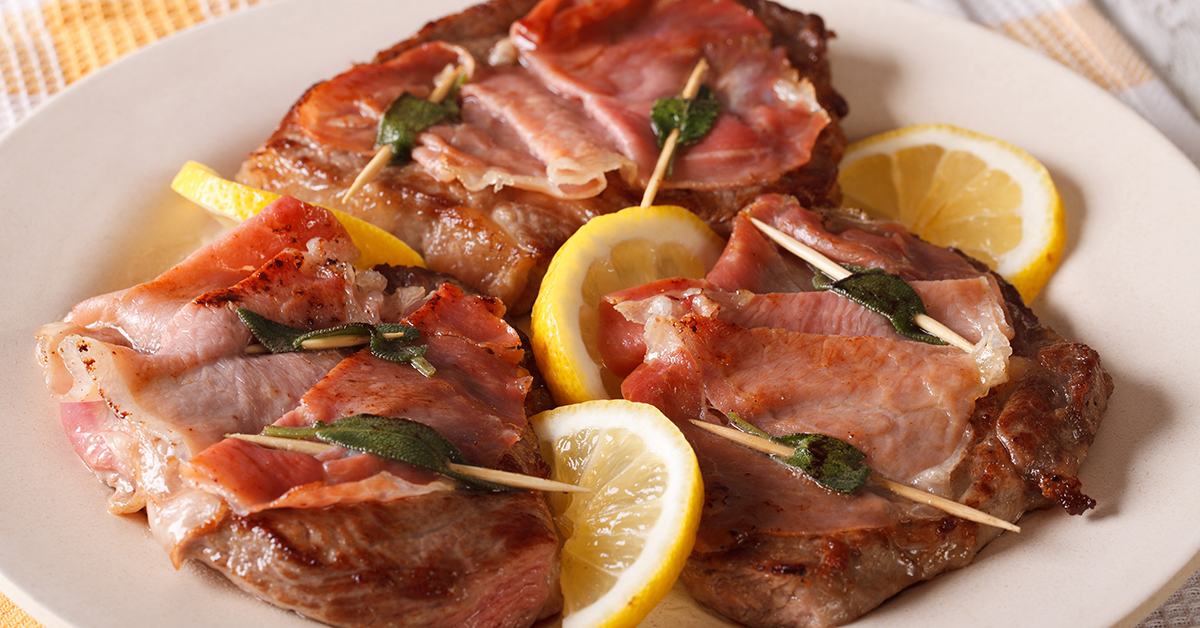
Table manners in Italy evolved around the cultural idea that a shared meal is a vital social occasion. You’re meant to sit, linger and savour not only the food, but the company your with. Even in many restaurants, you’ll be treated like family.
To properly connect with the people around the table, you will need the proper Italian dining etiquette. You won’t necessarily need to speak Italian, but having a general idea of Italian meal courses and manners will serve you well. Let’s start by covering the anatomy of an Italian meal. Familiarity with knowing how a meal is structured will make understanding how to read a menu in Italian much simpler.
Aperitivo
A dinner out will usually begin with an aperitivo, the first course of a meal designed to whet your appetite. A drink will be frequently served at this time, perhaps a glass of wine or something bubbly like a prosecco. Small bites of food will usually accompany the aperitivo—maybe some nuts, a little cheese plate, or a bowl full of olives.
Antipasti
Antipasti is similar to a starter, or what much of North America would consider an appetizer. A small dish to get started, but heavier than the more snack-like items of an aperitivo. Bruschetta is an antipasti that you may already know. Other items like a charcuterie plate with cheeses, or even a cold salmon or tuna dish may be included here.
Primi
The primi is typically the first course to include hot food in the meal. This is a more substantial course than the antipasti. The primi is usually a meatless course that often includes a luxurious ingredient, like truffles. Typical dishes include pasta, soup, risotto, or broth. Occasionally something a bit heavier like gnocchi or lasagne will be served.
Secondi
The secondi is a heavier item, usually meat, and the “main” dish of the meal. Expect locally raised meat prepared in the local style—you could have chicken, beef, lamb, seafood, turkey or pork. Seafood will tend to be a heavier item, such as lobster, fish, or shrimp. Sometimes if there are two secondi they will have a sorbet served between the two dishes to freshen your palate.
Contorni
Contorni may be an unexpected course, but the surprise is in the name. If you check your Italian vocabulary it means outline. This course will usually be some sides that will accompany the meal, often salads or regional vegetable dishes. These are served on a different plate on purpose to prevent any flavors from other dishes affecting it.
Insalata
If the contorni doesn’t offer much in the way of vegetables, you may be presented with insalata or a salad course after enjoying your secondi, which is typically leafy greens with a very light dressing.
Formaggi e Frutta
Are you full yet? Don’t worry we’re nearing the end of the meal. The fruit and cheese course is an indication that you’re almost there. But let’s not forget..
Dolce
It’s now time for a little dessert. This can vary from gelato to a panna cotta or some tiramisu. Likely a few options will be available to you. If you think there’s no way you can eat that much food, remember a typical Italian meal might last hours. It’s a time to relax from the day, connect, and socialize. These courses will be rolled out over a longer time than you may be used to at home..
Caffè
You’ve just about finished your meal. As your body begins to digest, a little pick-me-up can help you stay awake and focused on the conversation. This is why a robust single espresso often completes the Italian meal. You don’t want to nod off while the rest of the table is talking!
Digestivo
As it gets later into the evening, a little alcohol may help kickstart your night. According to Italian tradition it plays an essential role in assisting your digestive process. The digestivo is typically a small drink of liqueur-like grappa, limoncello, or amaro.
Italian etiquette doesn’t mean that all of these courses will be served every meal, but knowing what they mean will help you enjoy every bite!


